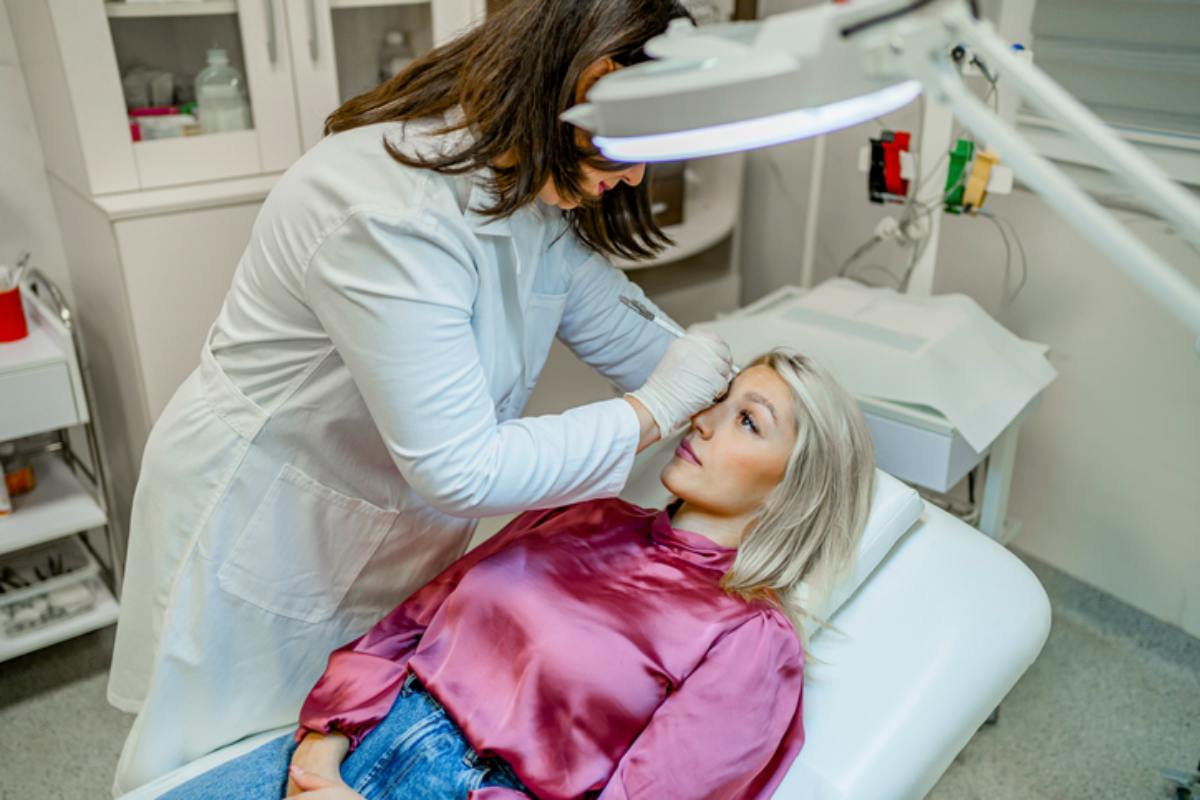If you’re considering dermal fillers in Canada, you’re in good company. Non-invasive aesthetic treatments have become increasingly popular, helping individuals enhance their appearance and boost their self-confidence. Dermal fillers are one of the most sought-after options for rejuvenating the face, but they do require some careful preparation and post-treatment care to ensure the best results. In this guide, we’ll walk you through the essential steps to prepare for and recover from dermal fillers, ensuring you achieve a stunning, natural look.
Table of Contents
Understanding Dermal Fillers
Before diving into the preparation and recovery process, let’s briefly touch on what dermal fillers are and what they can do for you. Dermal fillers are injectable substances, typically made of hyaluronic acid, that are used to add volume, smooth wrinkles, and rejuvenate the skin. They can be used to enhance lips, cheeks, jawlines, and various facial areas, providing a more youthful and refreshed appearance.
Preparation for Dermal Fillers
- Consultation with a Qualified Provider: Your journey with dermal fillers should begin with a consultation with a qualified healthcare professional. Seek out a licensed practitioner with experience in dermal filler treatments. During the consultation, you can discuss your goals, medical history, and expectations.
- Research and Choose the Right Provider: In Canada, the aesthetics industry is regulated, ensuring the safety and quality of procedures. Make sure your provider is certified by a recognized organization. Read reviews, ask for referrals, and don’t hesitate to ask about the practitioner’s experience with dermal fillers.
- Discuss Your Medical History: Be honest about your medical history during the consultation. Certain conditions or medications may impact your eligibility for dermal fillers. Your provider needs to know about allergies, ongoing medical treatments, and previous procedures.
- Set Realistic Expectations: Dermal fillers can provide remarkable results, but it’s important to have realistic expectations. A skilled practitioner will help you understand what can and cannot be achieved with dermal fillers, ensuring you’re satisfied with the outcome.
- Prepare for Potential Side Effects: While dermal fillers are generally safe, they can cause temporary side effects like swelling, bruising, and redness. Plan for downtime after the procedure and consider taking a day off work to recover.
Recovery from Dermal Fillers
Now that you’re well-prepared for your dermal filler treatment, let’s explore the steps you can take to ensure a smooth recovery.
- Follow Post-Procedure Guidelines: Your provider will give you specific instructions to follow after the treatment. These may include avoiding strenuous exercise, excessive sun exposure, and certain medications. Adhere to these guidelines carefully to optimize your recovery.
- Manage Swelling and Bruising: Swelling and bruising are common after dermal filler injections. To minimize these side effects, apply cold compresses to the treated area and keep your head elevated. Over-the-counter pain relievers like acetaminophen can help with discomfort.
- Stay Hydrated: Proper hydration is essential for a speedy recovery. Drink plenty of water to help your body process the dermal fillers and reduce the risk of complications.
- Avoid Direct Sun Exposure: Protect your skin from direct sunlight for a few days following the procedure. Use sunscreen, wear a wide-brimmed hat, or stay in the shade to prevent sunburn and minimize the risk of complications.
- Maintain a Healthy Lifestyle: Eating a balanced diet, getting enough rest, and reducing stress can help speed up your recovery. A healthy lifestyle can also contribute to the longevity of your dermal filler results.
- Schedule a Follow-Up: Most practitioners will schedule a follow-up appointment a few weeks after your initial treatment to assess your progress and address any concerns. Make sure to attend this appointment.
- Be Patient: Dermal fillers provide instant results, but the final outcome may take a few weeks to fully manifest. Be patient and allow your body to adjust to the treatment.
Common Concerns and FAQs
- How long do dermal fillers last? The longevity of dermal fillers can vary depending on the type of filler used and individual factors. Typically, results last between six months to two years.
- Are dermal fillers painful? Most dermal fillers contain lidocaine, a local anesthetic, to minimize discomfort during the procedure. You may experience some mild pain or discomfort, but it is usually manageable.
- Are dermal fillers safe? Dermal fillers are considered safe when administered by qualified practitioners. However, like any medical procedure, they come with potential risks. Choosing a reputable provider and following proper aftercare instructions is key to minimizing these risks.
- Can I combine dermal fillers with other treatments? Combining dermal fillers with other treatments like Botox or laser therapy is common and can provide comprehensive rejuvenation. Discuss your goals with your provider to determine the best approach.
Conclusion
Dermal fillers are an excellent option for achieving a refreshed and youthful appearance without the need for invasive surgery. By taking the necessary steps to prepare for and recover from your treatment, you can maximize the benefits of dermal fillers while minimizing any potential complications. Always choose a qualified and experienced provider in Canada and be sure to follow their guidance for the best results. Your journey to a more vibrant you begins with informed decisions and responsible self-care.

